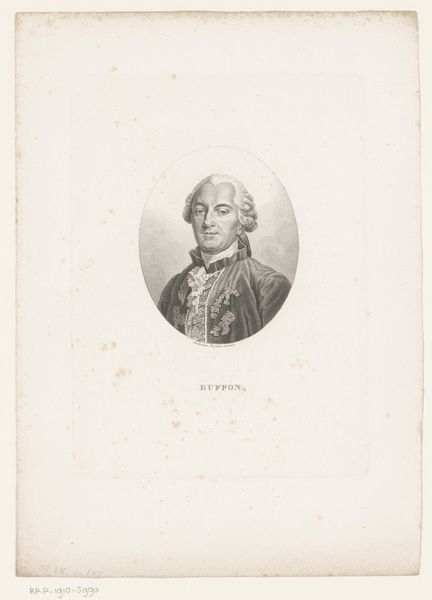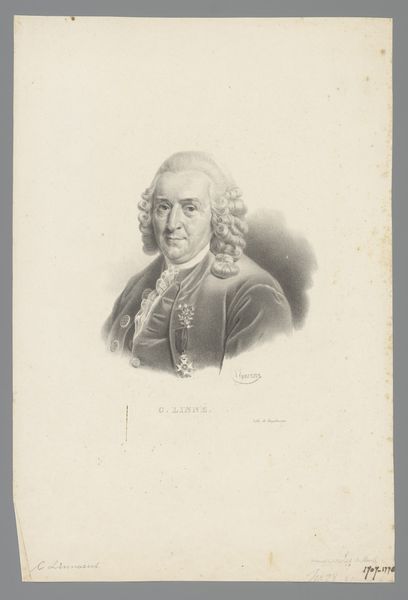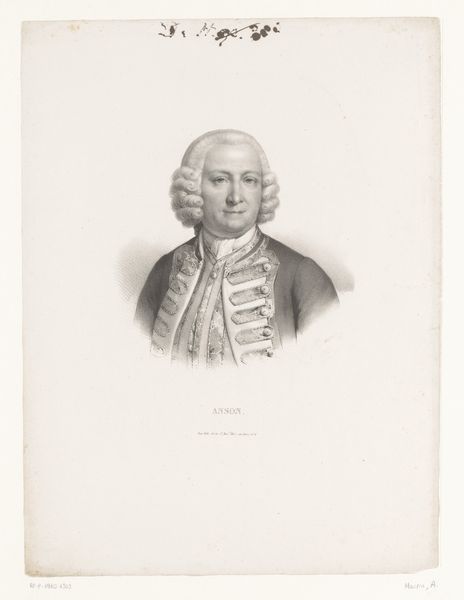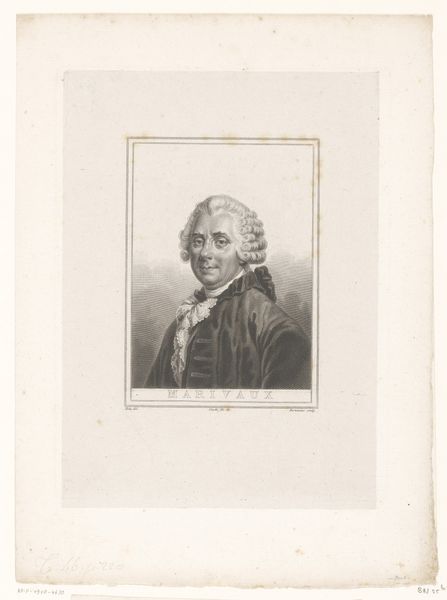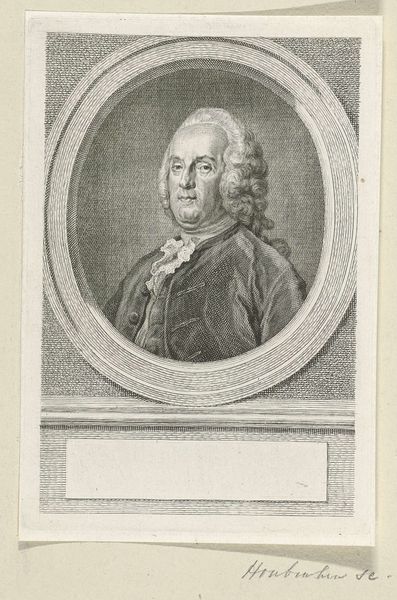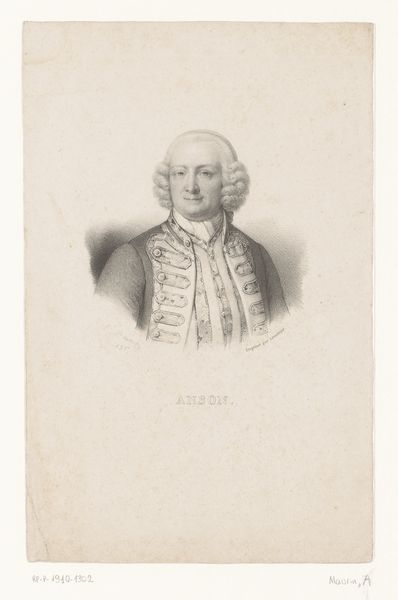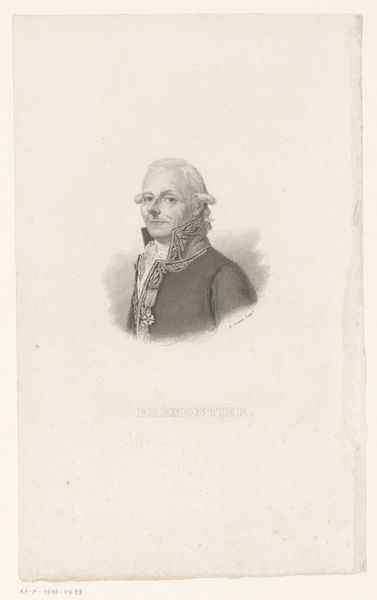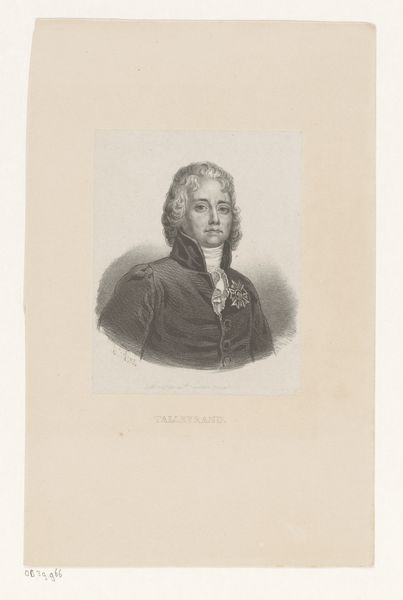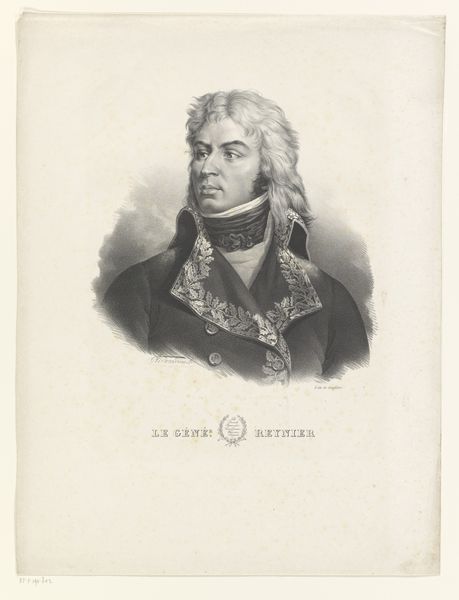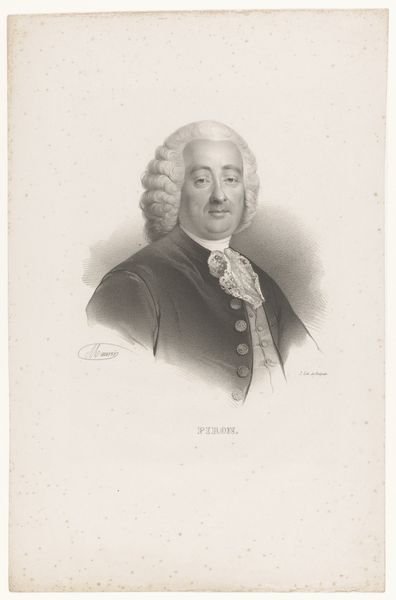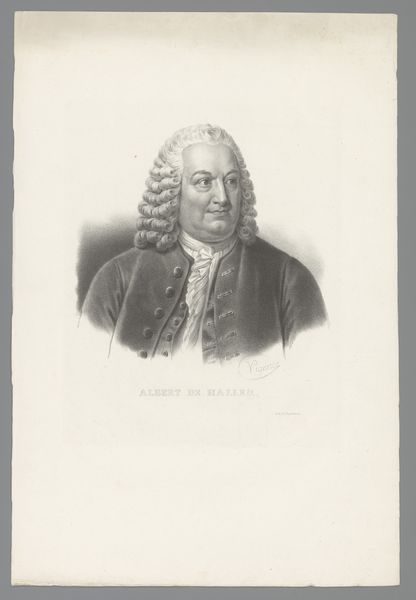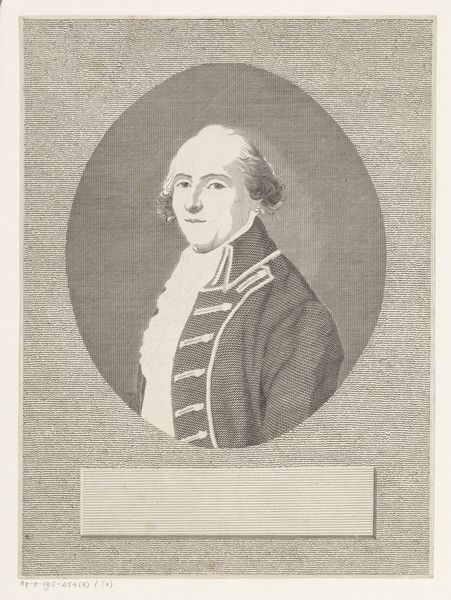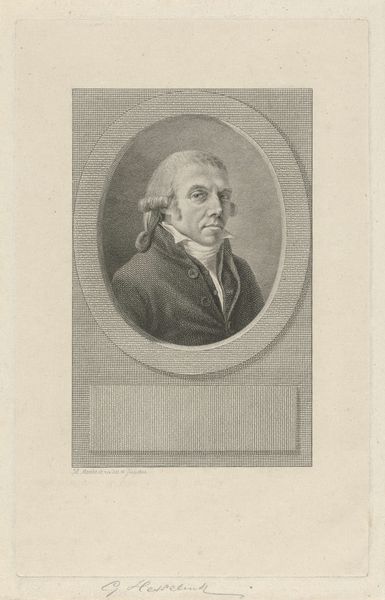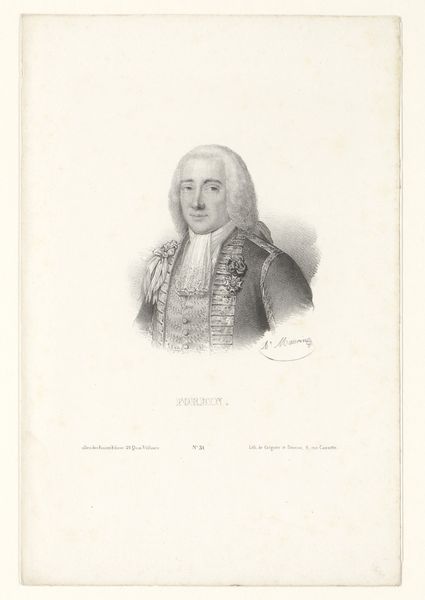
drawing, pencil
#
portrait
#
pencil drawn
#
drawing
#
neoclacissism
#
pencil sketch
#
pencil drawing
#
pencil
#
academic-art
#
realism
Dimensions: height 173 mm, width 127 mm
Copyright: Rijks Museum: Open Domain
This is a portrait of Carl Linnaeus, made by Pierre François Bertonnier. The image you see is an engraving, a printmaking technique deeply embedded in social and economic history. Engraving involves using a tool called a burin to carve lines directly into a metal plate, usually copper. Ink is then applied to the plate, and the surface is wiped clean, leaving ink only in the carved lines. The plate is then pressed onto paper, transferring the image. Consider the skill and labor involved in creating this portrait. The engraver would have needed steady hands and considerable training to achieve such fine detail. The lines that define Linnaeus’s face, wig, and clothing are all carefully incised, creating a range of tones and textures. The printing process required a specialized press and expertise in inking and paper handling. Engravings like this one played a crucial role in disseminating images and information during the 18th and 19th centuries. They were a means of mass production, making art accessible to a wider audience. By looking closely at the materials and processes, we gain a deeper appreciation for the artistry and the cultural context in which it was created.
Comments
No comments
Be the first to comment and join the conversation on the ultimate creative platform.
